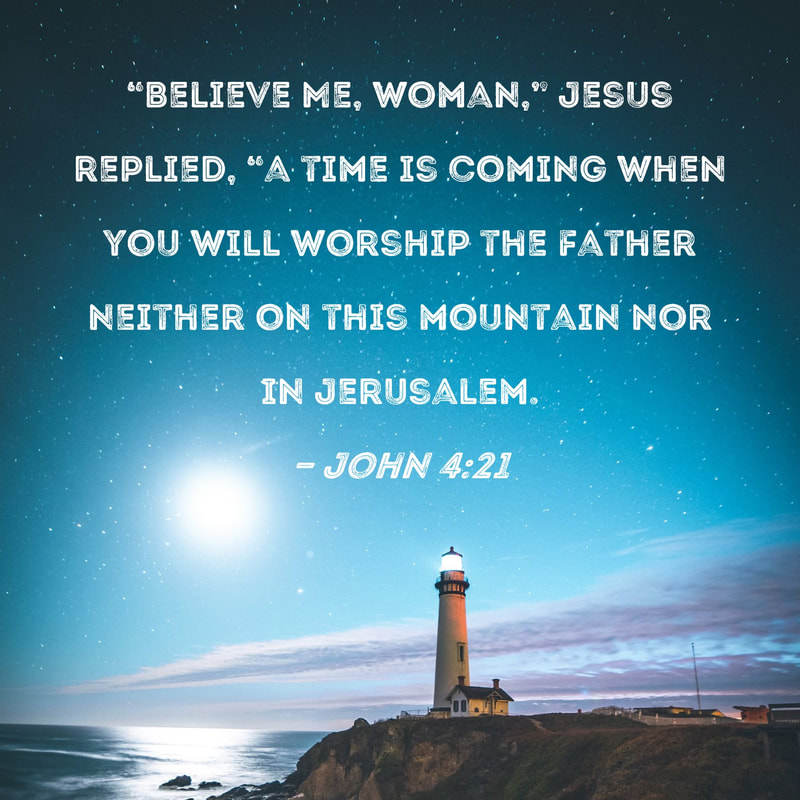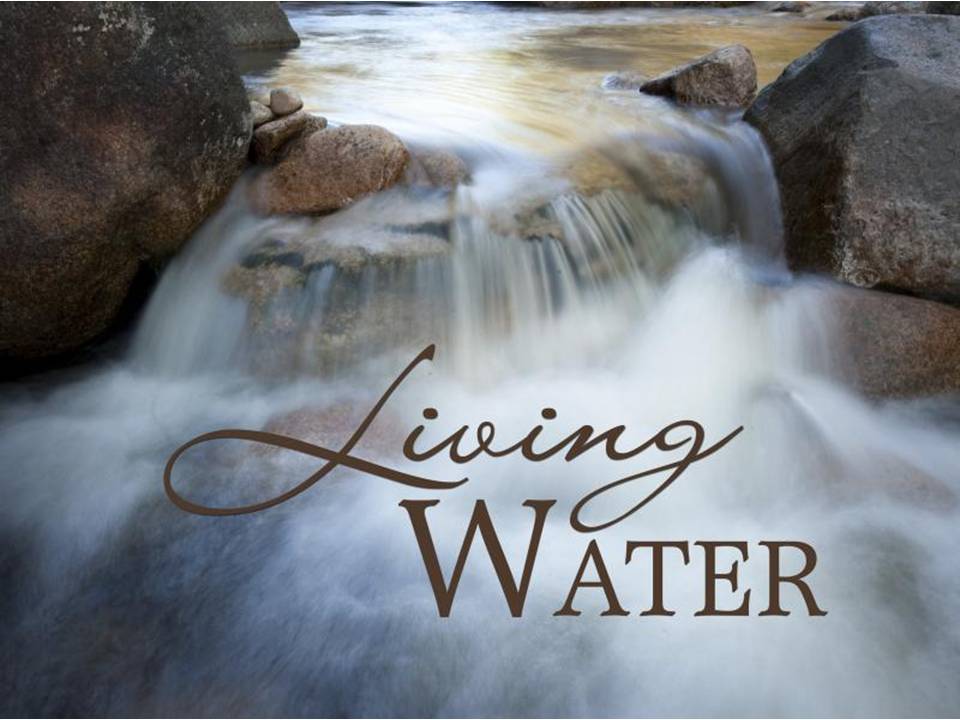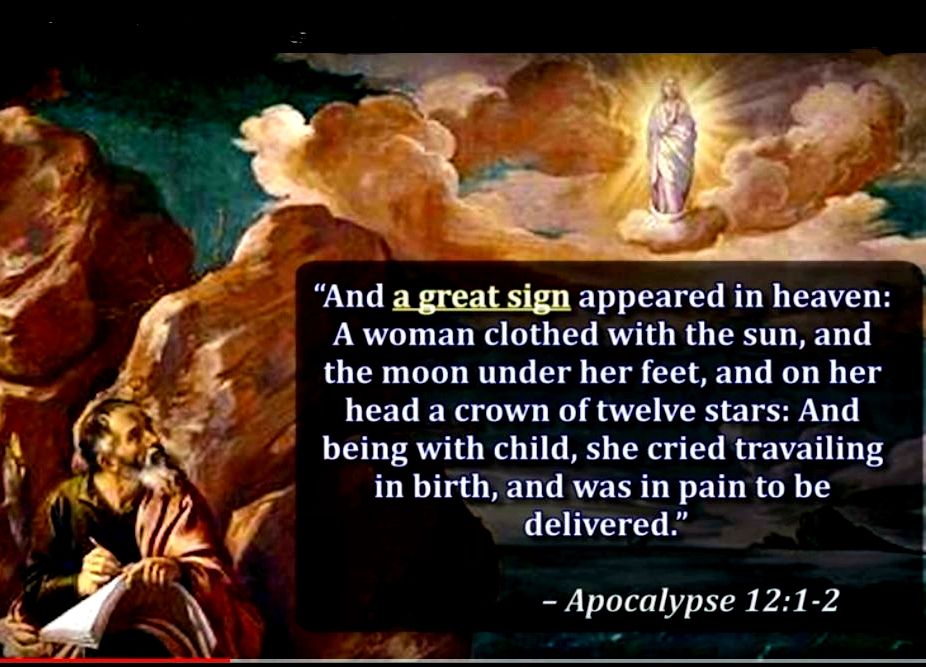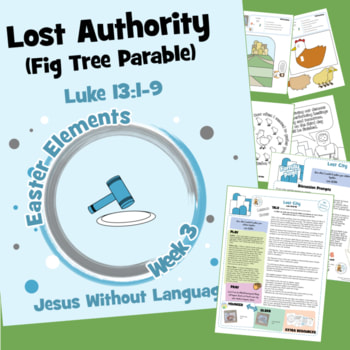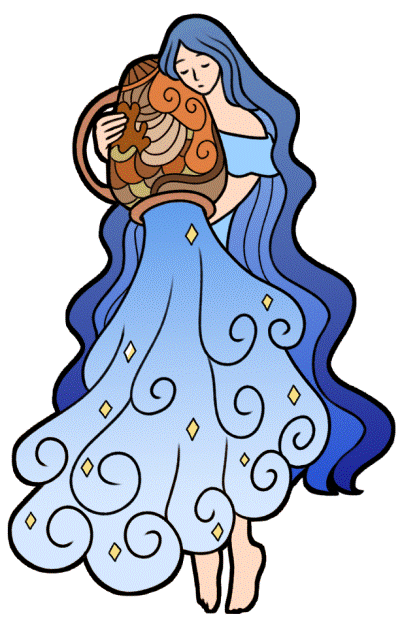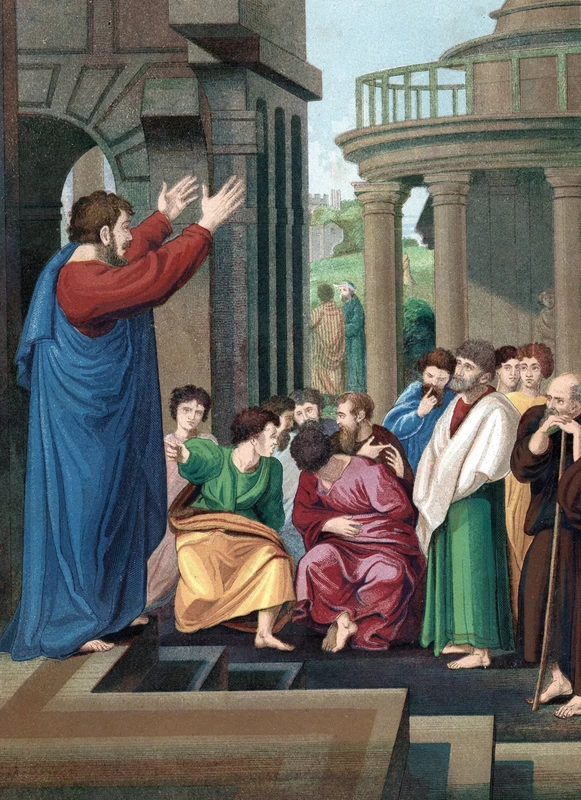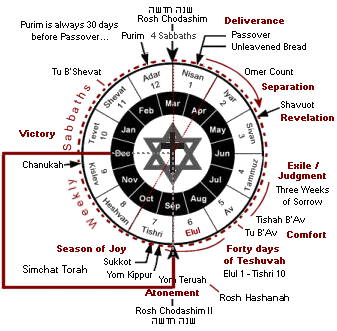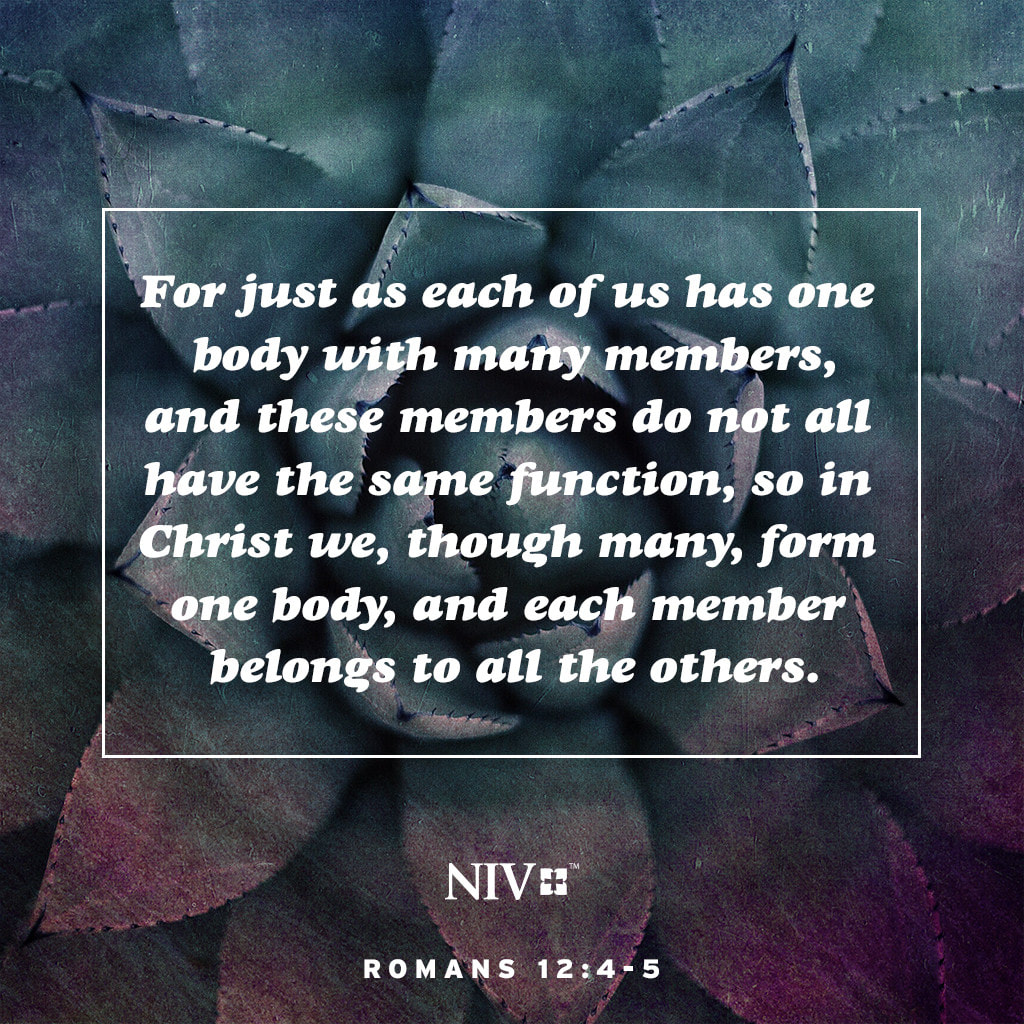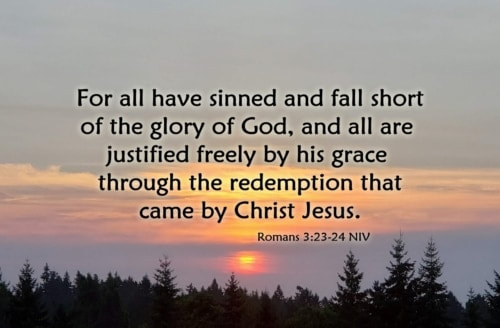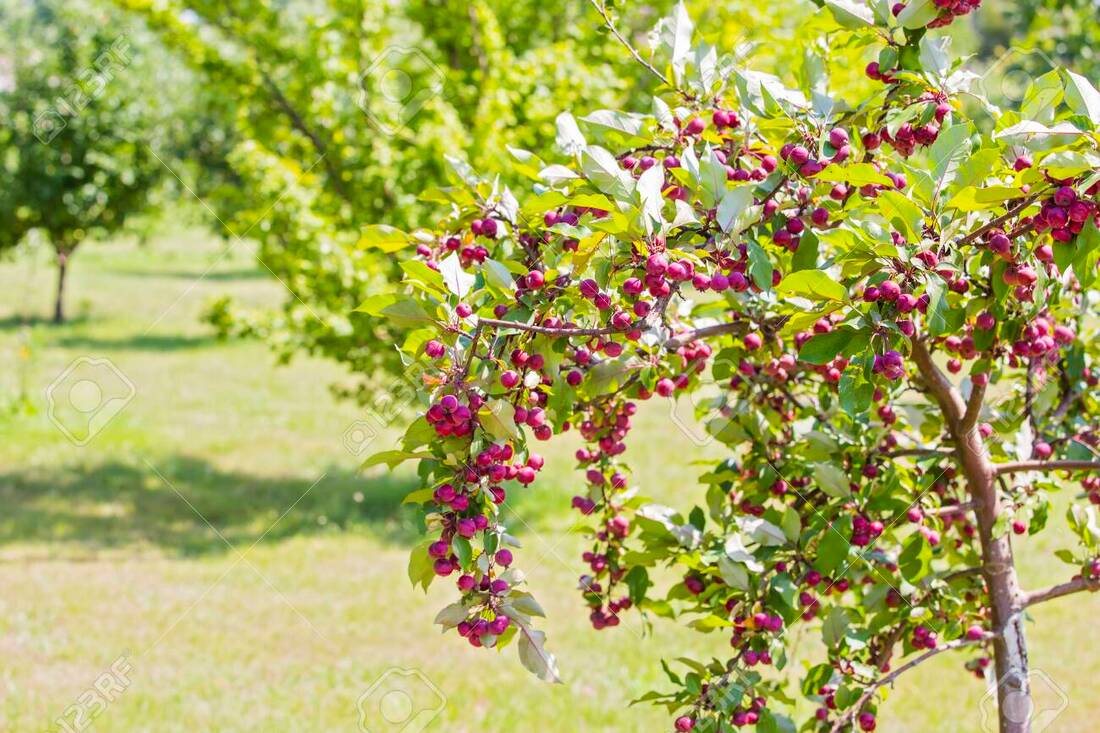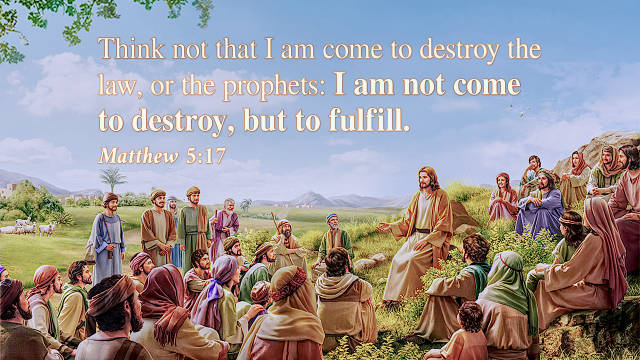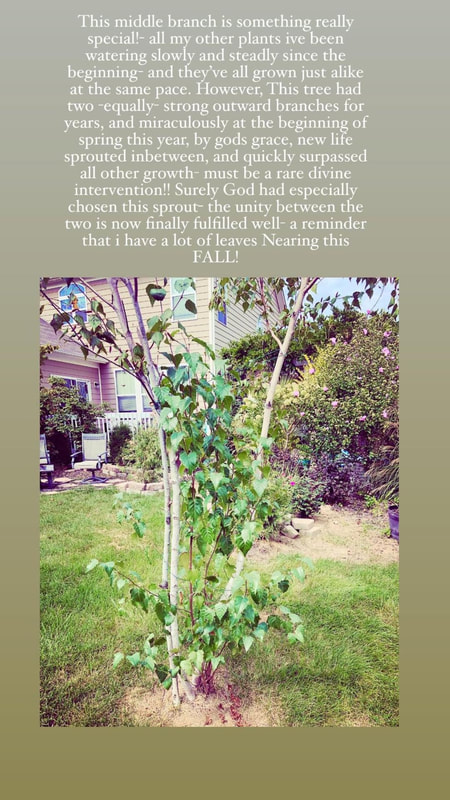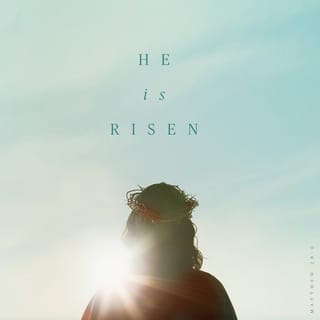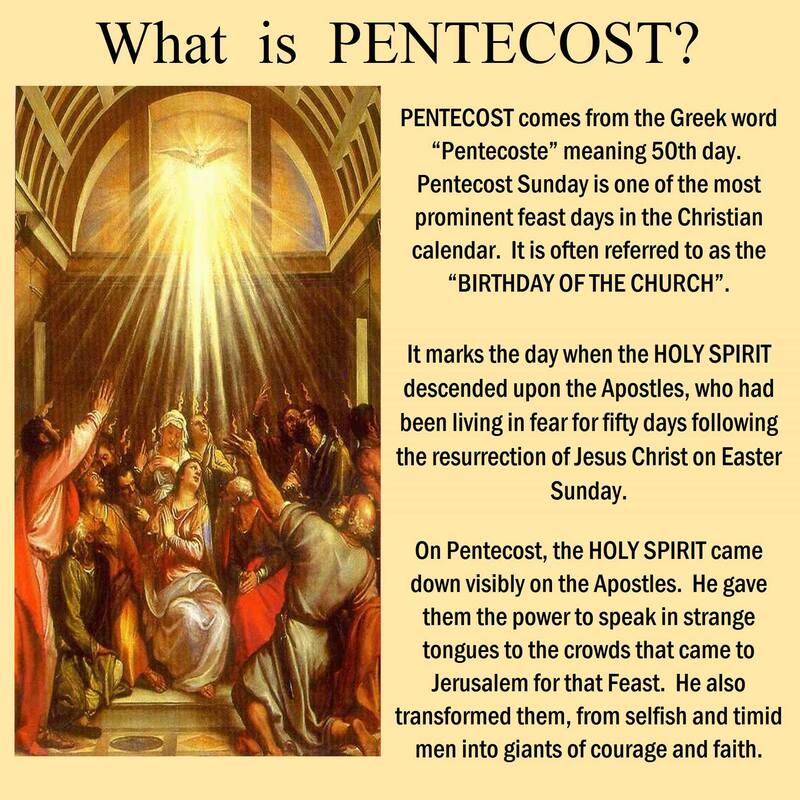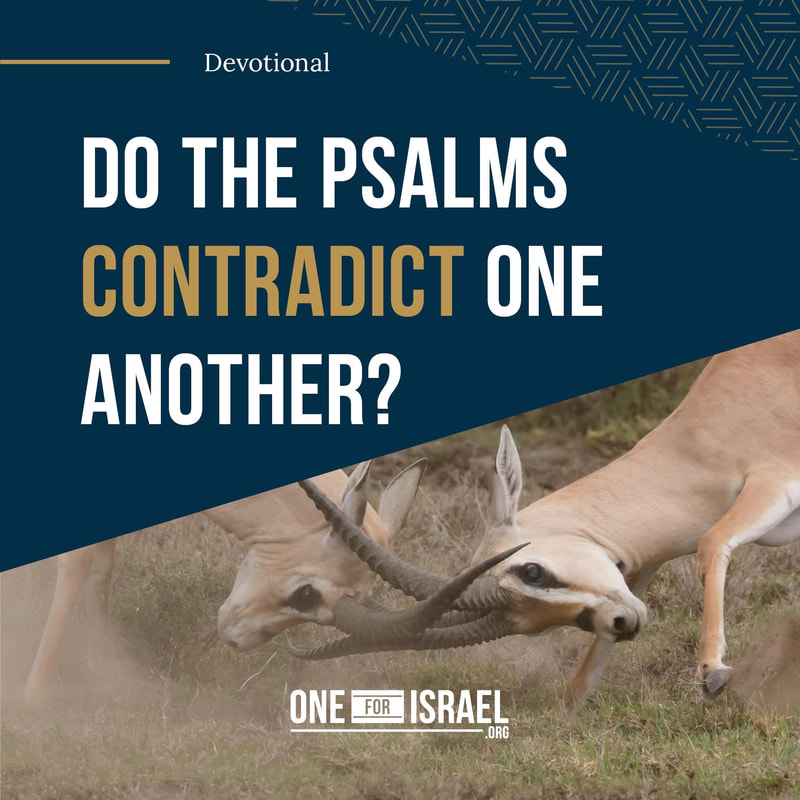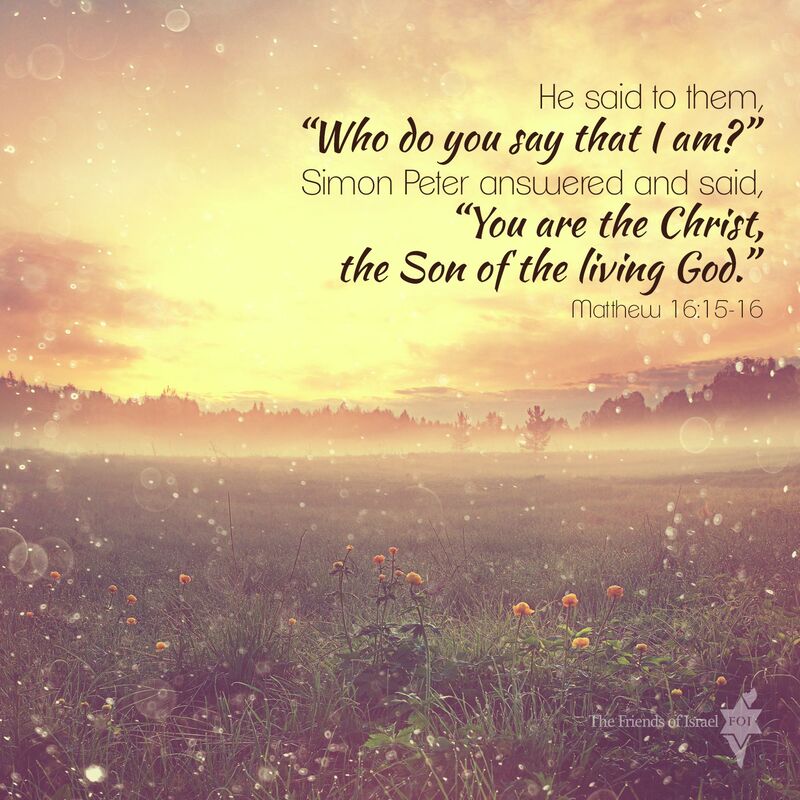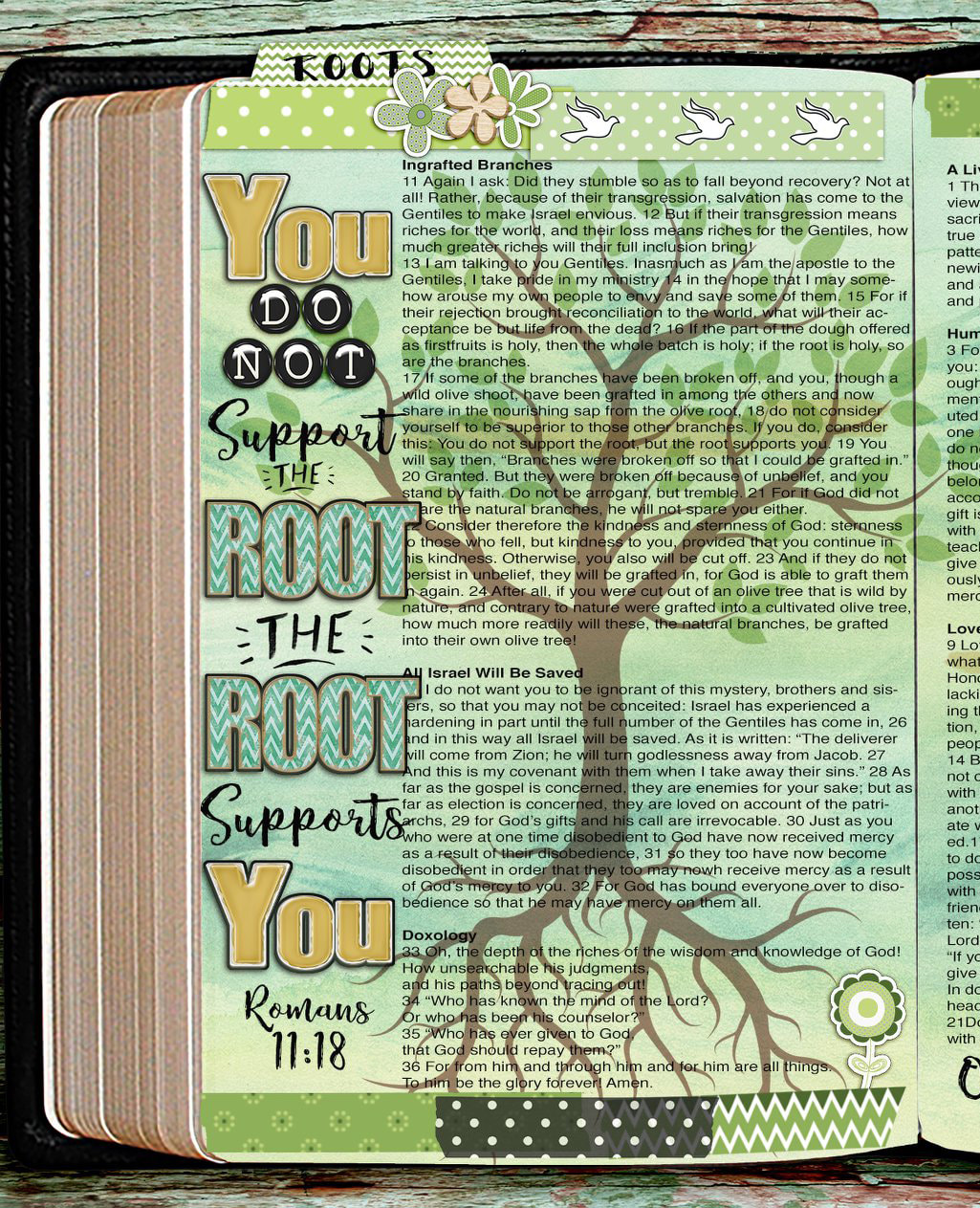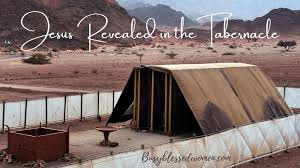Harvesting the Body
Old Testament Laws: Harvest Seasons of Ancient Israel
Various biblical laws and stories refer to ancient Israelite
crops and harvests.
It may therefore be helpful to have some general information about the
harvests and their seasons.
Major crops of the land are listed in Deuteronomy 8:8:
Spring- wheat, barley,
Summer- grapes, figs, pomegranates,
Fall- olives and honey
The spring harvest
Various herbs and legumes were harvested in spring, but the most important spring crops were cereals: barley and wheat. A spring ritual took particular note of the cereals:
Newly harvested grain could not be
eaten until the firstfruits of grain
had been offered on
the “day after the sabbath”
of the
Festival of Unleavened Bread
(Leviticus 23:9-14).
Pentecost, near the end of the grain harvest,
included grain and loaf offerings
(verses 16-17).
Pentecost
was also called “the Feast of Harvest”
(Exodus 23:16).
Barley and wheat
were planted in the autumn
and
ripened in spring
Barley matured faster and would be
harvested sooner
The firstfruits of grain offered
during the Festival of Unleavened Bread
would have been barley.
"In the early stages of the Israelite settlement the
most important cereal was barley…
because of the necessity to settle fringe areas and
barley’s tolerance of harsh conditions”
(Oded Borowski, Agriculture in Iron Age Israel, 1987, page 7).
“The amount and distribution of rainfall together
with soil conditions limit the area in Eretz-Israel
where wheat is cultivated to the
coastal valleys,
the Valley of Jezreel,
the Upper Jordan Valley,
and the Beth-shan Valley.
[The Israelites did not conquer these areas at first (Judges 1:19).]
In the northern Negev,
wheat does well only in rainy years, which
are not frequent”
(page 89).
“Wheat ripens later than barley and, according to the Gezer Manual,
was harvested during the sixth agricultural season,
yrh qsr wkl
(end of April to end of May)”
(page 88; also see the chart on page 37 of Borowski’s book, reproduced below).
“
Where the climate is warmer,
as in the Shephelah and the
Jordan Valley,
crops mature earlier than in
regions
where the climate is cool,
as in
the Judean hill-country and the Galilee”
(page 57).
In Galilee, for example,
part of the grain harvest would be
completed after Pentecost,
especially in years in which
Pentecost
came as early as mid-May
Even though all the
crop might
not be harvested by Pentecost,
Pentecost
celebrated the entire grain harvest,
including the small amount of grain
to be harvested
shortly after the festival
The summer harvest After Pentecost,
most of the harvest was
fruit:
grapes, olives, dates, figs, pomegranates
and numerous fruits,
seeds and vegetables of lesser
importance
Deuteronomy 11:10-11 contrasts Egypt’s irrigated
vegetable gardens
with Canaan’s hilly terrain and seasonal rains,
implying that vegetables were
less common in Canaan.
Proverbs 15:17 indicates that vegetables were among
the least-esteemed foods.
The Bible has few references to
Gardens,
cultivated vegetables
and
wild plants
“The small number of references to vegetables and the low regard in which vegetables were held suggest very strongly that vegetables…
did not constitute an important part of the
Iron Age diet in Eretz-Israel”
(page 139).
Now let’s look at the major crops
after Pentecost
Grapes were the
first major crop to ripen:
“
In a good year,
when the [grain] yield was great,
threshing and grape picking
overlapped”
(page 62).
That would be in June,
technically in spring, since summer doesn’t officially start
until the solstice, June 22.
The importance of grapes and olives
is illustrated by the fact that the
Essenes had wine and oil first fruits festivals
similar to the biblical firstfruits offering for grain.
These festivals also indicate the
relative timing of these crops
The new wine festival
came 50 days
or
seven weeks after Pentecost.
Until new wine was offered,
no one could drink any of the new juice
(Temple Scroll, columns 19-21).
Fourteen weeks after Pentecost,
shortly before the Feast of Trumpets,
was the
new olive oil festival
No one could use new olives
until some
oil had been offered
(columns 21-22).
The grape harvest
was usually completed before Tabernacles,
but most of the olive harvest came after the autumn festivals.
In ancient Israel the primary harvest season
extended from April to November.
This harvest period might be subdivided into
three seasons and three major crops:
the spring grain harvest,
the summer grape harvest
and the autumn olive harvest.
These harvests have a general correspondence
with the festivals.
Some grain might be harvested
after Pentecost,
threshing and grape-picking
might overlap,
and the olive harvest
came
both before and after the
Festival of Tabernacles.
Which harvest was larger and more important?
In terms of dietary calories, the spring grain harvest was most important. Borowski calls barley and wheat “the main food staple of the ancient Israelite” (page 57). E.P. Sanders offers a more detailed estimate:
“Grain constituted over fifty percent
of the average person’s total caloric intake,
followed by legumes (e.g. lentils),
olive oil, and fruit, especially dried figs”
(Judaism: Practice and Belief, 63 BCE-66 CE, 1992, page 129).
Since fruit has a higher moisture content
than grain does, the fruit harvests
may have been larger in bulk and weight.
Most of the dietary importance
of the fruit harvest
came after Tabernacles, when
olive oil was produced
The autumn festivals came after the
summer harvest, a less-important harvest.
But the fall festivals were associated
with greater rejoicing
(Deuteronomy 16:13-15).
Why the theme of rejoicing?
The conclusion of
a
wine harvest
is an
appropriate time for festivities
But another reason may be that Tabernacles celebrated
both the spring harvest and the summer harvest.
Note the mention of both grain and grapes in verse 13:
“Celebrate the Feast of Tabernacles
for seven days after
you have gathered the produce of your
threshing floor and your winepress.”
The Feast of Tabernacles,
also known as the Feast of Booths and Sukkot,
is the seventh and last feast
that the Lord commanded Israel to observe and one of
the three feasts
that Jews were to observe each year by going to
“appear before the Lord your God
in the place which He shall choose”
(Deuteronomy 16:16).
The importance of the Feast of Tabernacles
can be seen in how many places it is mentioned in Scripture.
In the Bible we see many important events that
took place at the time of the Feast of Tabernacles.
For one thing, it was at this time
that
Solomon’s Temple was dedicated to the Lord
(1 Kings 8:2).
It was at the Feast of Tabernacles that the Israelites,
who had returned to rebuild the temple,
gathered to celebrate under the leadership of Joshua
(Ezra 3).
Later, the Jews heard Ezra read the
Word of God
to them during the Feast of Tabernacles (Nehemiah 8).
Ezra’s preaching resulted in a great revival
as the Israelites confessed and repented of their sins.
It was also during this Feast that Jesus said,
“If anyone thirsts, let him come to me and drink.
He who believes in Me, as the Scripture has said,
out of his heart will flow rivers of living water”
(John 7:37–39).
The Feast of Tabernacles takes place on the
15th of the Hebrew month Tishri.
This was the seventh month
on the Hebrew calendarand usually occurs in
late September to mid-October.
The feast begins
five days after the Day of Atonement
and at the time
the fall harvest
had just been completed.
It was a time of joyous celebration as the Israelites celebrated
God’s continued provision
for them in the current harvest and remembered
His provision and protection
during the 40 years in the wilderness
The Feast of Tabernacles,
like all the feasts,
was instituted by God
as a way of reminding Israelites in every generation of their
deliverance by God from Egypt.
Of course, the feasts are also significant in that
they foreshadow
The work and actions
of the
Coming Messiah.
Much of Jesus’ public ministry took place in
conjunction with the
Holy Feasts
Set forth by God
The three pilgrim feasts where all Jewish males
were commanded to
"appear before the Lord in the
place he chooses”
are each very important in regards to the
life of Christ
and His
work of redemption
We know with certainty that the Passover and the
Feast of Unleavened Bread are
symbolic of
Christ’s atoning sacrifice
on the cross.
Likewise, we know that Pentecost,
which
marked the beginning of the Feast of Weeks,
was the time of
Jesus’ bodily ascension.
And most scholars would agree that the
Feast of Tabernacles
is
symbolic of Christ’s Second Coming
when He will establish
His earthly kingdom
The Hebrew word translated
tabernacle is ohel, which means
a tent
(as clearly conspicuous from a distance):
a covering, (dwelling) (place), home,
tabernacle, tent
There are three main references to
The tabernacle (or tent) of David:
Isaiah 16:5, Amos 9:11, and Acts 15:16,
in which the apostle James repeats the passage from Amos.
The reference in Isaiah 16:5 refers to
The
tabernacle of David prophetically,
pointing to
One from the line of David who will
someday sit on the throne
and rule over all. This is referring
to Jesus
That leaves two other references to the
tabernacle of David.
In Acts 15:16,
while speaking to the Jews, James uses Amos 9:11 to give
credence to the recent conversion of the Gentiles in the early church.
Many Jews were objecting to this
because there was
uncertainty as to how the Gentiles were to now
keep the Law of Moses.
The essential argument from
Peter’s earlier experience with Cornelius,
a Gentile, was that God was also calling
Gentiles to Himself.
The apostles were not to put
on the Gentiles
a burden that no one could
ever keep
(i.e. the Law of Moses)
From James’ words alone, it is
clear that God’s promise
through the prophet Amos—that He would
“build again the tabernacle of David”
—was related to what He was just then beginning to do, namely,
visiting the Gentiles to take out from among them
a people for His Name.
After rehearsing what Simon Peter had just
told the Jerusalem Christians--that God had
chosen Peter
as the instrument whereby He, for the first time,
opened the way
of salvation to the Gentiles--
James plainly declared that God’s visitation of the Gentiles
agreed with the words of the prophets (in general)
and Amos (in particular).
The “tabernacle” referred to in Acts 15:16,
then,
is the house of God open to all,
both Jew and Gentile,
who seek Him in order to worship
in truth
Amos 9:11 says,
“In that day
will I
raise up again
the
tabernacle of David,
that is fallen.”
There seems to be reference here to a
restoration of the Jewish
nation to
spiritual life in the end times.
There might also exist, during that end time, or into
the 1,000-year reign of Christ,
a tabernacle like
the one during David’s day.
During David’s time the tabernacle
(or tent)
housed the Ark of the Covenant and was
a precursor
to the temple that Solomon would build.
The temple
was a rectangular house of worship made
with elaborate design.
Its presence and functionality, with priests,
was a sign of
God’s favor and presence.
When Israel fell away from following the
commandments of the Old Covenant,
The Temple
was desecrated and needed to eventually
be rebuilt,
as described in the book of Ezra.
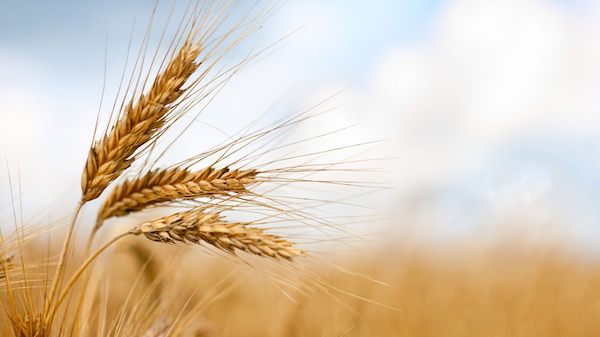
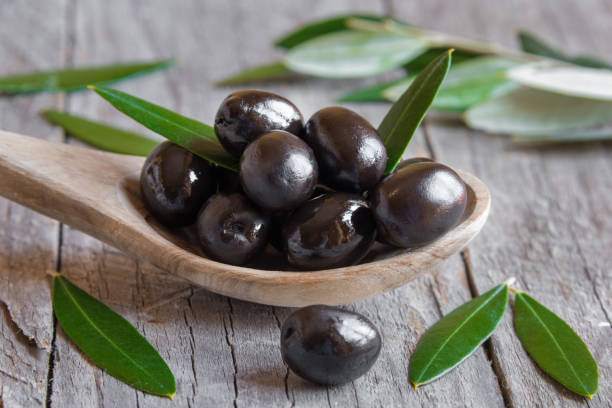
 RSS Feed
RSS Feed







